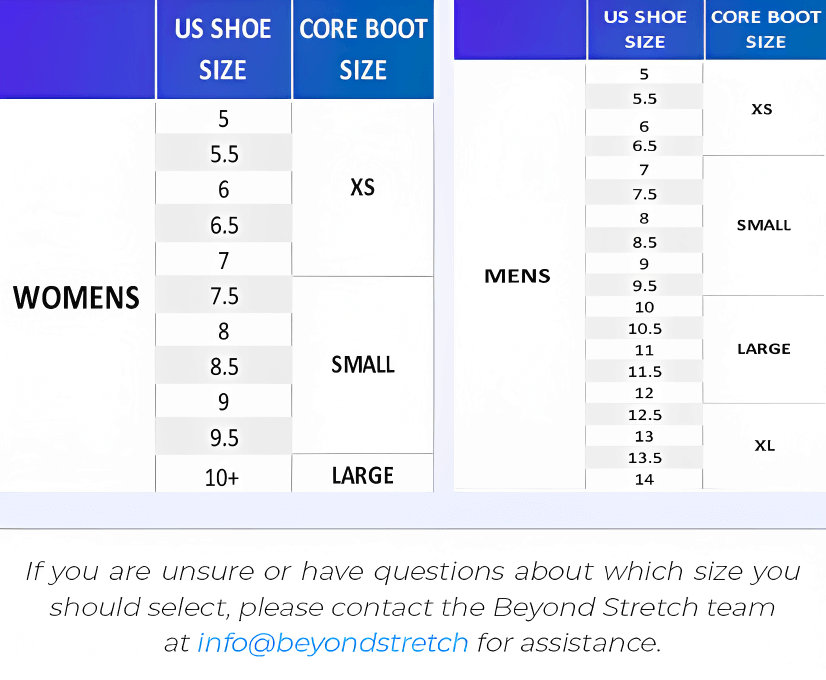Many people ask this question: “How to unlock your hips, create fluidity and power in your golf swing with no back pain”?
Have you ever felt that awkward tightness in your low back or your neck after an hour of practicing at the range? Maybe you can only make it 9 holes before that hip starts to flare up. Why does the pain keep you from finishing the round when you’re so close to shooting your lowest 18 hole score ever? Most amateur golfers will pop an advil, and play through the pain until they are forced to quit, but did you know that pro golfers experience the same pain? The difference is, they have a team of experts surrounding them to point out flaws, pre-habilitate injuries with training before they appear, and when they do run into problems, they have the best doctors in the industry to get them back out on the weekend. How would you like to have the same tools that the pros have available to you, and to know the golf swing, not just technically, but to really understand the movement and how to simplify the swing into it’s most basic components. Free of the pain, tightness, and soreness you have experienced so often.
How would you like to have power like this in your own hands?
Well, let’s begin with possibly the most important, but also the most misunderstood component in the golf swing: THE HIP JOINT.
There are many muscles left unmentioned here. For the purpose of this blog, I have included only the primary muscle groups necessary to cover the functional movements that are created at the hips. For more in depth information regarding fascia lines, other muscles groups, and other body segments, please join me for one of online classes or mine webinars. https://www.kajabinext.com/marketplace/courses/3412-hip-stability-mobility-in-golf
Every golfer has heard that “The hips are used in the golf swing.” You’ve heard about x-factor, separation, and using the ground for power, but have you ever really thought about how important the hips are? All over the world, players blame loss of yardage, lack of rotation and postural imbalances on their hips because that’s what they’ve been told, but they don’t understand WHY. “I have no flexibility”, “My back hurts” and “I can’t turn like I used to” are all commonly used on the golf course as excuses, not motivation.
These phrases should inspire curiosity, “How do I increase my flexibility?”, “Why does my back hurt?”, and “Why is it all my hips fault?” These are motivation, to get rid of back pain, to increase distance, increase balance, and more. If we understand the role of the hips in the golf swing, we can train ourselves to prevent back pain caused by lost hip mobility, and stability.
Our hip joint contains muscles which perform a variety of functions – flexion, extension, abduction, adduction, and rotation, but they all work cooperatively together, or should be, to achieve both mobility and stability. What happens when they don’t?
An injury to the hip joint will often affect more than just the hip; the effects can reach as far as the knee, the lower back, and shoulder. Thomas Myers, author of Body3 A Therapist’s
Anatomy Reader quotes,
“Because of the deeply cubed way this ball and socket joint fits together, and the strength of the muscles around it, the effects of trauma and injury to this part of the body often get pushed into the knee or the lower back, rather than showing up directly
in the hip. Likewise, postural imbalances in the hip tend to force problems or pain to occur either north or south of this super-strong joint…”
In the golf swing, every ‘body’ will compensate differently, most players can fake hip rotation by rotating the pelvis. The players who do that most likely have lower back issue, as lack of internal rotation in their hip will create pelvis rotation, not hip rotation. That will give them back pain, tightness, soreness – all repercussions of over pelvis rotation.
How can you tell if you are creating hip rotation or pelvic rotation?
That’s pretty easy to evaluate, and I encourage you to view my course on that subject, where I explain in several videos all the compensations taking place, and what are the corrections, and ways to create hip not pelvis rotation. You will also learn what to check and why in the hip joint, how it can help to create more distance with fluidity in your golf swing. Also you will receive drills to gain more power & strength for individual hip muscles and the entire hip joint. You will learn more about one of the most neglected systems in the body – fascia system, and how it can help your movement. Which primary fascia lines are responsible of creating the most efficient, powerful, and precise movement of the limbs.
Take your game and health to the NEXT LEVEL and sign up for this course
https://www.kajabinext.com/marketplace/courses/3412-hip-stability-mobility-in-golf

